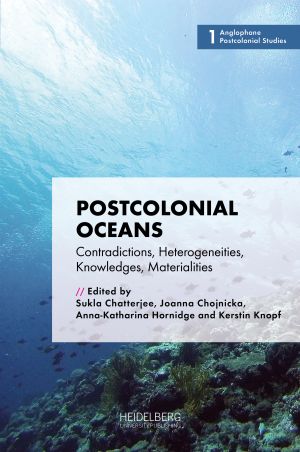Zitationsvorschlag
Lizenz (Kapitel)

Dieses Werk steht unter der Lizenz Creative Commons Namensnennung - Weitergabe unter gleichen Bedingungen 4.0 International.
Identifier (Buch)
Veröffentlicht
A Different Kind of Hybridity—An Early British Depiction of Pitcairn Islanders
ABSTRACT This article analyzes early British construction of the Pitcairn Islanders’ cultural-colonial hybridity as depicted in John Shillibeer’s (1817) Narrative of the Briton’s Voyage to Pitcairn’s Island. The supposedly surprising encounter between the British and the descendants of the Bounty mutineers and Tahitian women had a tremendous impact on the creation of Pitcairn inhabitants’ myth as an exemplary Anglo-Tahitian community. The critical analysis of the historical account highlights and scrutinizes such conceptualization of their identity as an act of colonial epistemic violence. This critique is conducted through reading of the primary source a postcolonial reinterpretation of Arnold van Gennep’s concepts of liminality and Homi Bhabha’s cultural hybridity. Shillibeer depicted Pitcairn Islanders’ mixed ancestry as an amalgamation of British cultural-colonial tropes enabled in the Empire’s “liminal space.” Scrutinizing this amalgamation, this article considers its four pillars: Islanders’ English language proficiency, Anglican religious piety, exemplary moral behavior, and supposed political affiliation with the British Empire.
KEYWORDS Pitcairn Island, Pacific, hybridity, identity, Englishness






